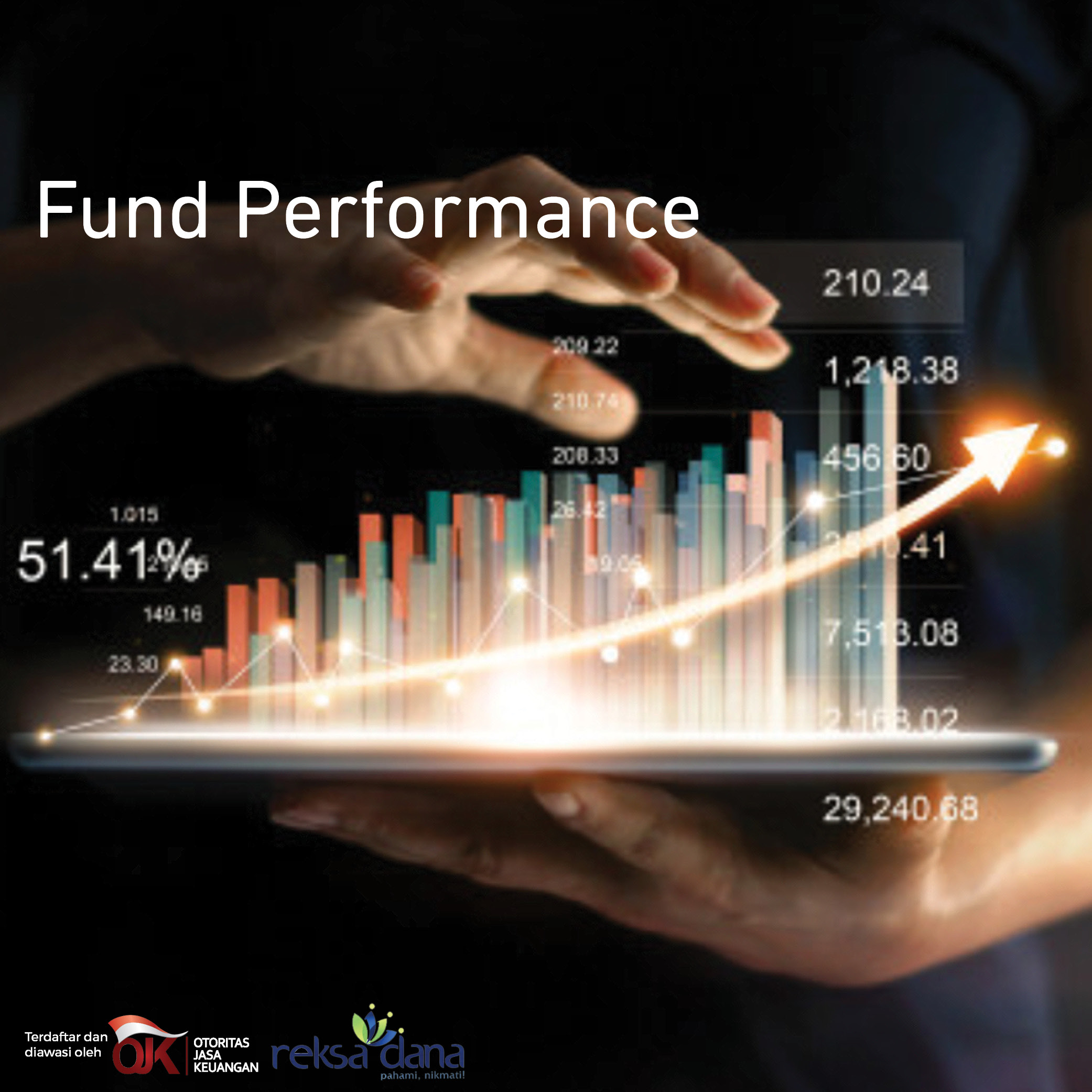January exports contracted to 7-year low due to frail global recoveries
Worse than our as well as market consensus’ estimates, January exports contracted 11.9% MoM (-20.7% YoY) to USD10.5 bn (the lowest nominal level since September 2009) due to sluggish global economic recoveries. In addition, setback in exports were strongly displayed by lower in both of aggregate export volume (-10.0% MoM) and aggregate export price (-2.0% MoM). Also, it is worth noting that, lower January’s exports were also caused by deteriorated our trading partner demand for non-oil & gas products such as palm oil (-20.2% MoM), mineral fuel (-91.4% MoM), ore and ashes (-53.4% MoM), non-knit apparel (-15.4% MoM) and tins (-63.4% MoM).
Imports decelerated on slower business activities in the early year
Opposite to prior month’s MoM positive growth, January total imports reduced by 13.5% MoM (-15.2% YoY) or equal to USD10.4 bn (the 6-month low), which was mainly due to combination of two major factors: 1) A slower government’s expenditure for productive budget in the beginning of the year, reducing demand for capital spending in general, and 2) A further weak domestic demand for offshore raw materials across several products, including mechanical machinery (-10.6% MoM), electrical machinery (-20.0% MoM), steel and iron (-20.0% MoM) and organic chemical material (-20.9% MoM).
January external trade was in a thin surplus of USD51 mn
All in all, beyond than our and consensus projections, the January trade balance booked a thin surplus of USD51 mn compared to previous month’s level of USD161 mn deficit. However, the current trade surplus is well below January 2015’s surplus of USD362 mn.
4Q15 & 2015 full-year CA: A shrunk deficit as expected
Relatively in line with our estimate, the 4Q15 current account deficit (CAD) reached USD5.1 bn (2.39% of GDP; USD4.2 bn in 3Q15) which was mainly due to the narrowing of the non-oil and gas trade surplus. Moreover, a massive government capital expenditure disbursement in the last quarter of 2015 led to higher economic activities, raising 4Q15 non-oil & gas import demand to reach USD27.7 bn, up 7.5% QoQ. On the flip side, combined factors from relatively continued low commodity and energy prices as well as weak export demand were the main key factors behind a contraction in total non-oil & gas exports at USD30.7 bn, -4.2% QoQ. Thus, the 4Q15 figure translated to the full-year 2015 CAD to reach USD17.8 bn (2.06% of GDP; 2014: 3.09% of GDP) and in line with our expectation.
4Q15 FA surplus surged as investor regained confidence in short-term
On the other account, 4Q15 financial account (FA) surplus continued to soar to USD9.5 bn (3Q15: USD0.3 bn) and better than our estimate. Furthermore, the 4Q15 FA surplus was mainly supported by higher total direct investment (USD2.3 bn) and massive capital inflows reflected on portfolio investment level at USD4.8 bn as volatility continued to ease on the certainty of The Fed monetary decision and better investors’ confidence over Indonesia’s economic outlook. Nevertheless, the full-year 2015 FA surplus shrank to USD17.1 bn (2014: USD45.0 bn) due to external volatilities during 2015.
4Q15 BoP turned to a surplus of USD5.1 bn; but reaching USD1.1 bn deficit in 2015
Overall, due to significantly higher-than-expected capital inflows and moderation in direct investment despite a higher CAD in 4Q15, the balance of payments (BoP) turned to record a USD5.1 bn surplus (3Q15: USD4.6 bn deficit). Nonetheless, beyond our expectation, the full-year 2015 BoP saw an USD1.1 bn deficit, much worse than 2014 position at USD15.2 bn surplus. Fundamentally, deficit in BoP brought Rupiah to weaken by 12.8% to 13,398/USD on average.
2016 BoP likely to back into a surplus supported by abundant liquidity
Going forward, we believe full-year 2016 CAD to enlarge to USD19.3 bn (2.3% of GDP) on higher import demand for infrastructure-related output. Additionally, we expect surplus in FA may accelerate to USD21.9 bn backed by higher capital inflows from easing global monetary policies, reflecting the overall BoP to back into surplus of USD2.1 bn. Hence, is it possible that 2016 average Rupiah may stabilize at around 13,600/USD, stronger than our current target of 14,058/USD.
















